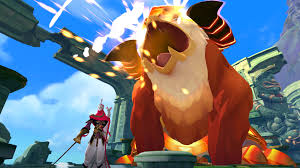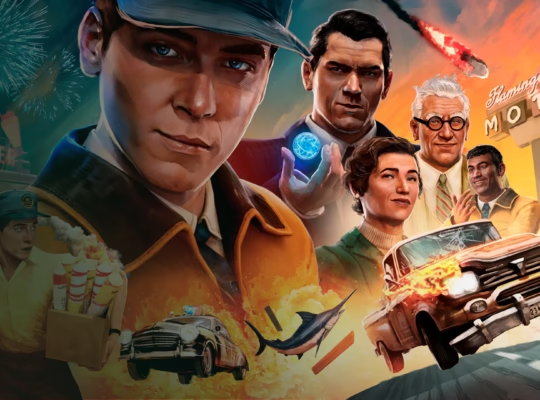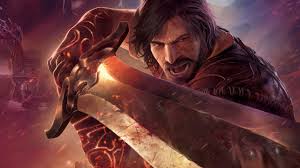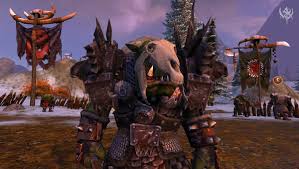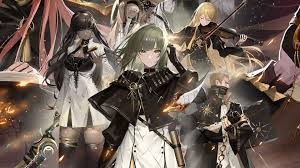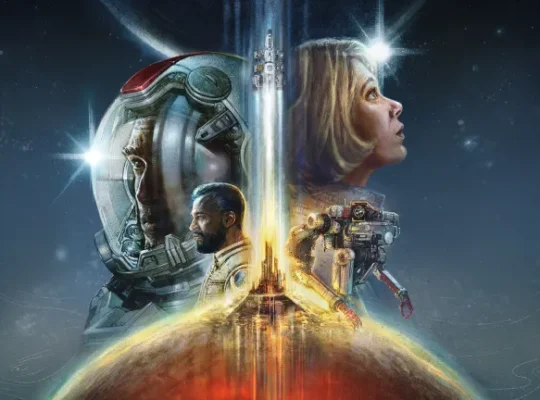Revue Starlight: El Dorado – A Journey Through Rhythm and Drama
Revue Starlight: El Dorado is a mobile game based on the popular Revue Starlight multimedia franchise, known for its anime, stage performances, and musicals. The game combines elements of rhythm-based gameplay, character collection, and a compelling narrative, all while being set in the captivating, musical-theater-inspired world of Starlight. Fans of the franchise are immediately drawn to the game’s thematic elements, but how does it fare for newcomers or those unfamiliar with its source material?
Let’s break down the pros and cons of Revue Starlight: El Dorado.
Pros
- Immersive and Unique Setting
- Revue Starlight: El Dorado transports players to a world inspired by the dramatic and competitive environment of musical theater. The setting is unique compared to most mobile games, combining drama, music, and friendship through the lens of performers vying for the spotlight. For fans of the series, this captures the essence of the Revue Starlight universe, and for new players, it offers something fresh in terms of theme and aesthetics.
- Engaging Rhythm Gameplay
- At the heart of the gameplay is the rhythm mechanics. Players must tap, swipe, and interact with the screen in time to the beat of the background music. The songs, often drawn from the franchise’s musical repertoire, are well-produced and catchy, making the rhythm gameplay both challenging and satisfying. This is a standout feature for players who enjoy rhythm games, and the diverse soundtrack keeps the experience engaging.
- Strong Story and Characters
- The game follows a narrative arc similar to the anime, featuring well-developed characters that fans have come to love. Each character brings a distinct personality, and their struggles to claim their place in the spotlight create compelling drama. The story mode is deep, with strong writing that pulls players into the emotional journey of the performers. The character development is layered and provides plenty of backstory to enhance their importance in the game’s overarching narrative.
- Visually Stunning
- Revue Starlight: El Dorado boasts beautifully rendered visuals. The character designs are sharp, sticking closely to the anime’s visual style. The performance animations, especially during rhythm segments, are polished, vibrant, and eye-catching. The game excels in capturing the theatrical flair of the franchise, which adds to the immersion.
- Gacha Mechanics and Collectibles
- The game’s gacha system offers character cards and outfits that enhance the performance of players’ teams. While some players might be wary of gacha mechanics, Revue Starlight does offer a decent variety of characters and items to collect. The character upgrades provide opportunities for strategic thinking in team-building and customization.
Cons
- Gacha System and Pay-to-Win Elements
- Like many mobile games, Revue Starlight: El Dorado incorporates gacha mechanics for unlocking characters and equipment. While some players enjoy the thrill of collecting rare items, others may find it frustrating, especially if they don’t want to spend money. The game can be grind-heavy, with stronger characters often locked behind randomized pulls or premium currency. This introduces a potential pay-to-win imbalance, which might discourage players who prefer not to invest real money into the game.
- Repetitive Gameplay
- While the rhythm gameplay is fun, it can become repetitive over time. Once players get through the initial excitement of tapping along to their favorite songs, they might find that the rhythm sequences follow familiar patterns without much variation. The lack of innovation in the gameplay loop could cause players to lose interest after extended periods.
- Limited Appeal for Non-Fans
- For players unfamiliar with the Revue Starlight franchise, the game’s deep reliance on the lore and characters of the anime can be a barrier to entry. While the story is compelling, it assumes some level of knowledge or appreciation for the franchise, which could leave newcomers feeling a bit lost. The niche appeal might prevent a wider audience from fully enjoying the experience, limiting its reach beyond the core fanbase.
- Resource Management and Progression
- Some players may find that progression in Revue Starlight: El Dorado can feel slow. Resource management, including acquiring currency and items for character upgrades, can become a grind, especially for those looking to enhance their team’s abilities. Players may feel stuck in certain areas unless they dedicate time to grinding or spending money on premium resources.
- Online Connectivity Issues
- As a mobile game, Revue Starlight: El Dorado requires a stable internet connection, and there have been reports from players about connectivity issues. Disconnections during gameplay or while accessing certain features can disrupt the experience, particularly during time-sensitive events or competitive matches.
Conclusion
Revue Starlight: El Dorado is a beautifully crafted game that brings the musical theater world of Revue Starlight to life. It excels in rhythm gameplay, storytelling, and visuals, providing a rich experience for fans of the franchise. However, the reliance on gacha mechanics, repetitive gameplay, and a potential pay-to-win structure may turn off some players, especially those unfamiliar with the series.
For fans of rhythm games or the Revue Starlight universe, El Dorado offers plenty to enjoy, from dramatic performances to challenging rhythm sequences. However, for players seeking a more dynamic or less monetized experience, the game’s limitations may hinder its appeal.



